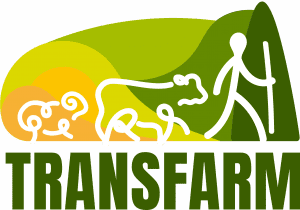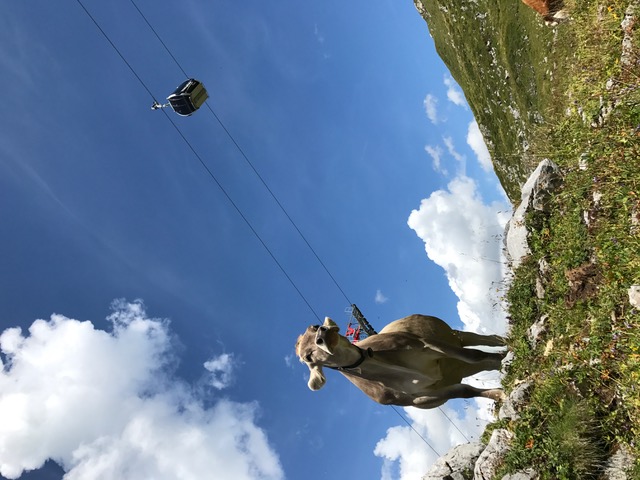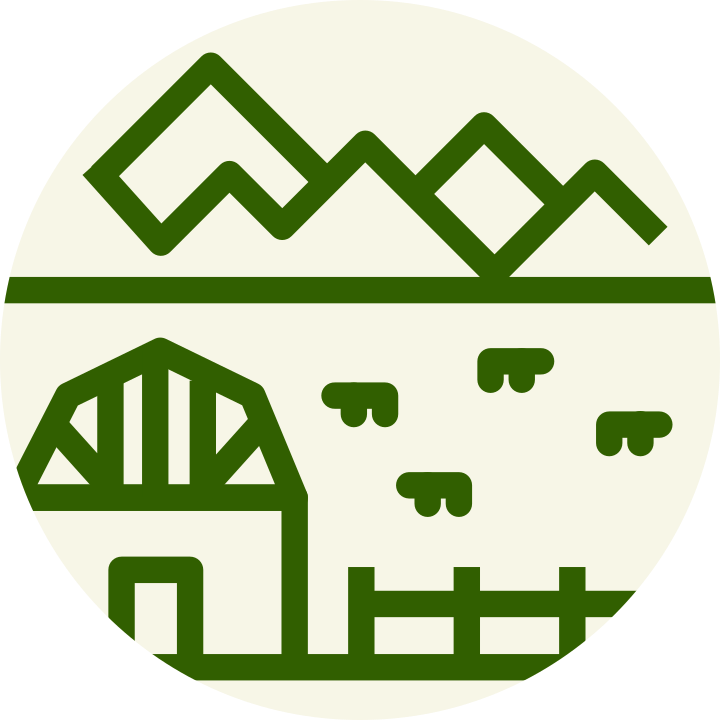The farm of Hans and Lorna Küng is a special transhumance farm considering their way of movement. The animals are moved between 2 locations: Zürs, the main farm at 1.720 m a.s.l. and Bludenz-Bings at 606 m a.s.l. The livestock is in Zürs during winter and summer, and in Bings for spring and autumn.




